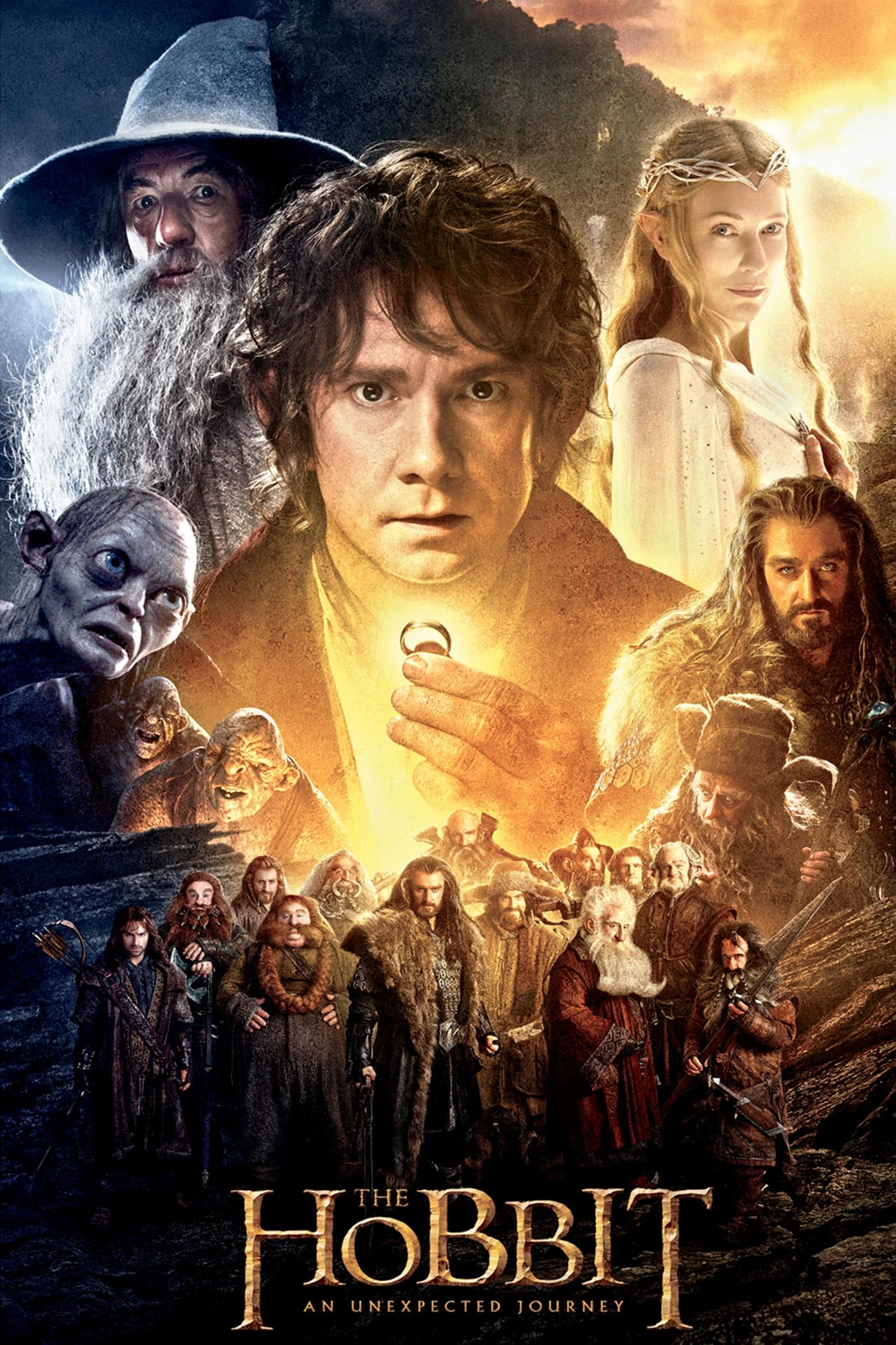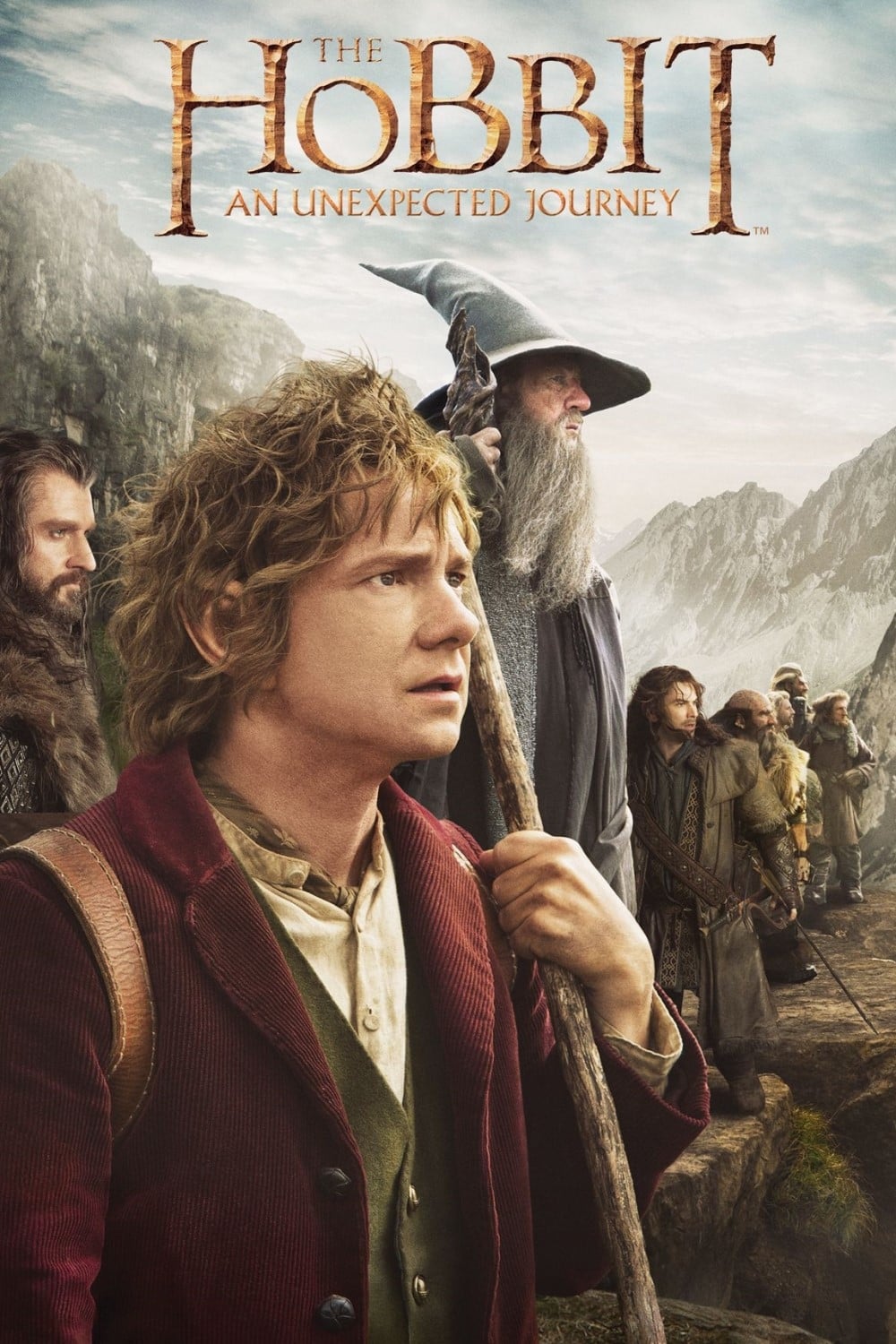The Hobbit And The Lord Of The Rings Movies In Order
Can a reluctant hobbit, thrust into an epic quest, capture the hearts and imaginations of audiences worldwide? Absolutely. The enduring appeal of J.R.R. Tolkien's The Hobbit, a seemingly simple children's tale, lies in its universal themes of courage, friendship, and the struggle against overwhelming odds. Peter Jackson's cinematic adaptation of this beloved classic, while not without its detractors, has undeniably brought Middle-earth to a new generation, sparking renewed interest in Tolkien's rich mythology.
The journey of Bilbo Baggins, a hobbit of comfortable habits, from the Shire to the Lonely Mountain, is a transformative one. Accompanied by a company of dwarves seeking to reclaim their lost homeland from the fearsome dragon Smaug, Bilbo encounters fantastical creatures, treacherous landscapes, and the darkness that lurks within himself. Jackson's trilogy expands upon Tolkien's original narrative, incorporating elements from The Lord of the Rings appendices and crafting new characters and storylines. This bold approach, while sometimes criticized for straying too far from the source material, undeniably creates a grand, sweeping epic that resonates with the cinematic scope of its predecessor, The Lord of the Rings trilogy.
| Name: | Peter Jackson |
| Born: | October 31, 1961, Pukerua Bay, New Zealand |
| Occupation: | Film director, screenwriter, film producer |
| Known for: | The Lord of the Rings trilogy, The Hobbit trilogy, Heavenly Creatures, King Kong |
| Career: | Started making films as a child, gained international recognition with Heavenly Creatures (1994), achieved critical and commercial success with The Lord of the Rings and The Hobbit trilogies. |
| Reference: | IMDb |
From the whimsical charm of An Unexpected Journey (2012) to the fiery climax of The Battle of the Five Armies (2014), the Hobbit films take viewers on a breathtaking visual journey. The sweeping vistas of New Zealand, transformed into the majestic landscapes of Middle-earth, provide a stunning backdrop for the unfolding drama. While some argue that the extended running time and added subplots dilute the narrative's core, others embrace the expanded universe, relishing the deeper exploration of characters and lore. The addition of characters like Tauriel, the Silvan elf, while not present in Tolkien's book, adds another layer of complexity and emotional depth to the story.
One of the key criticisms levelled against the Hobbit trilogy is its use of high frame rate (HFR) technology. While intended to create a more immersive and realistic experience, the HFR presentation proved divisive, with some viewers finding it distracting and unnatural. Despite this technical controversy, the films remain visually impressive, showcasing the artistry and technical prowess of Jackson and his team. The CGI, while occasionally overused, is generally impressive, bringing to life creatures like Smaug, the magnificent and menacing dragon, with breathtaking detail.
The Hobbit trilogy, regardless of individual opinions on its faithfulness to the source material or its technical choices, holds a significant place in the landscape of fantasy cinema. It has introduced new audiences to Tolkiens work, sparked countless discussions and debates, and cemented Peter Jacksons status as a master of epic filmmaking. The films serve as a reminder of the power of storytelling, the enduring appeal of mythology, and the capacity of cinema to transport us to other worlds. The debate over the films' merits continues, a testament to the passion they evoke and the enduring legacy of Tolkien's creation.
The chronological viewing order for the Middle-earth saga, encompassing both The Hobbit and The Lord of the Rings, begins with The Hobbit: An Unexpected Journey, followed by The Desolation of Smaug, and concluding with The Battle of the Five Armies. This trilogy sets the stage for the events of The Lord of the Rings: The Fellowship of the Ring, The Two Towers, and finally, The Return of the King.
It's also worth noting that the cinematic journey began with the 1967 animated short film The Hobbit, directed by Gene Deitch. While markedly different from Jackson's interpretation, this early adaptation represents the first attempt to bring Tolkien's story to the screen. The evolution from a 12-minute animated feature to a sprawling live-action trilogy reflects the enduring power of Tolkien's work and the evolving possibilities of filmmaking.
The films are undeniably based on J.R.R. Tolkiens 1937 novel of the same name. Additional material and new characters were created specifically for the film adaptations. This creative decision, driven by the desire to expand the narrative and create a more expansive cinematic experience, has been a point of contention for purists. While some appreciate the richer tapestry woven by the additional content, others lament the perceived deviations from Tolkiens original vision.
The original director, Guillermo del Toro, had to depart the project due to scheduling conflicts, paving the way for Peter Jackson to return to Middle-earth. Jackson, already renowned for his masterful adaptation of The Lord of the Rings, brought his distinctive vision and filmmaking style to The Hobbit, creating a visual spectacle that both captivated and divided audiences.


